Understanding Body Sculpting
What is Body Sculpting?
Body sculpting, also referred to as body contouring, encompasses a variety of medical procedures aimed at reshaping various areas of the body. These techniques utilize several methods to reduce fat, tighten skin, and enhance muscle tone, providing individuals with enhanced body aesthetics. The procedures can be surgical or non-surgical, with surgical options involving incisions and anesthesia, while non-surgical approaches strive for less invasive interventions.
The basic premise of body sculpting is to remove or reduce stubborn fat deposits that resist diet and exercise. This can include areas such as the abdomen, thighs, arms, and even the face. Many people seek these procedures to achieve their body goals, looking for a solution that provides a more contoured silhouette without the recovery times associated with traditional surgery. For a comprehensive guide on body sculpting options, explore this body sculpting overview.
Types of Body Sculpting Methods
There are two primary categories within body sculpting: surgical and non-surgical methods.
- Surgical Methods: Techniques such as liposuction and abdominoplasty (tummy tuck) fall into this category. These procedures generally involve greater downtime and surgical risks but may produce more dramatic results.
- Non-Surgical Methods: Increasingly popular, these include techniques such as CoolSculpting, SculpSure, and radiofrequency treatments. Non-surgical methods are designed to minimize risks and downtime while still effectively targeting fat cells.
The Science Behind Body Sculpting
Understanding the science of body sculpting involves grasping the biological processes behind fat reduction and skin tightening. By applying varying techniques, body sculpting works through mechanisms such as:
- Cryolipolysis: This non-invasive technique freezes fat cells, causing them to die off and be naturally flushed away by the body.
- Laser Lipolysis: Using laser energy to melt away fat cells, this method is often combined with skin tightening to improve overall results.
- Radiofrequency: This method uses heat to stimulate collagen production and tighten skin while also targeting fat deposits.
By leveraging technologies that disrupt fat cells and enhance skin quality, these methods work to reshape the body effectively.
The Benefits of Body Sculpting
Physiological Advantages of Body Sculpting
The physiological advantages of body sculpting go beyond simple aesthetics. They include:
- Fat Reduction: One of the most immediate benefits is the significant reduction in stubborn fat deposits.
- Improved Body Proportions: Body sculpting can enhance proportions, leading to a more balanced appearance.
- Skin Tightening: Many non-invasive methods also provide skin tightening benefits, resulting in firmer skin.
Psychological Boost from Body Sculpting
Body sculpting can contribute to improved mental well-being. Individuals often report increased confidence and self-esteem following successful body sculpting procedures. The alignment of physical appearance with personal image can greatly influence psychological health, leading to better social interactions and overall happiness.
Psychological benefits can also extend to:
- Reduced Anxiety: Eliminating body insecurities can help reduce anxiety in social situations.
- Enhanced Motivation: Individuals often find more motivation to maintain a healthy lifestyle post-treatment, as they feel more connected to their goals.
Long-Term Outcomes of Body Sculpting Procedures
Long-term outcomes can significantly affect body maintenance and habits. With impressive results from many procedures, patients are often more inclined to adhere to a healthy diet and exercise regime, helping to maintain their sculpted physique. With these lifestyle changes, many can enjoy lasting benefits that extend well beyond mere physical appearance.
Risks and Considerations for Body Sculpting
Potential Side Effects of Body Sculpting
While body sculpting can offer numerous benefits, it’s crucial to consider potential risks and side effects. Common side effects can include:
- Swelling and Bruising: Temporary swelling and bruising are typical and often subside within a few days to weeks.
- Asymmetry: In certain procedures, asymmetry can occur, potentially requiring further adjustments.
- Skin Changes: Changes in skin texture or color can arise in some cases.
Patients should adequately research and consult healthcare professionals to understand these risks before deciding on treatment.
Choosing a Qualified Practitioner
Selecting the right practitioner is paramount when considering body sculpting. It is essential to find an experienced and board-certified provider. Consider the following tips:
- Check Credentials: Verify the qualifications and specializations of the practitioner.
- Read Reviews: Look for testimonials from former patients to gauge satisfaction and effectiveness.
- Consultation: Schedule consultations with multiple practitioners to assess comfort levels and professionalism.
Post-Treatment Care for Body Sculpting
Post-treatment care is crucial for achieving the best results from body sculpting. Proper aftercare can ease recovery and maximize results. Aftercare recommendations often include:
- Hydration: Maintaining hydration supports skin elasticity and recovery.
- Rest and Recovery: Allow for adequate rest to promote healing during recovery.
- Avoiding Strenuous Activities: Post-treatment, avoid strenuous exercise or heavy lifting for a specified period as advised by the practitioner.
Expert Techniques for Effective Results
Preparation for Body Sculpting
Effective body sculpting requires thorough preparation, including:
- Health Evaluation: A comprehensive health evaluation ensures candidates are suitable for the procedure.
- Realistic Expectations: Establishing realistic expectations regarding outcomes is critical to patient satisfaction.
- Goal Setting: Clearly defined goals about desired results can assist providers in tailoring approaches for maximum effectiveness.
Choosing the Right Method for Body Sculpting
With various methods available, selecting the appropriate body sculpting approach is crucial. Factors to consider include:
- Desired Outcomes: Determine what results you aim to achieve, whether it’s fat reduction, skin tightening, or muscle toning.
- Recovery Time: Understand the recovery timeline and choose a method that fits your lifestyle and obligations.
Maintaining Results After Body Sculpting
After achieving desired body sculpting results, maintaining those results is essential. Some tips for maintaining positive outcomes are:
- Regular Exercise: Incorporating a consistent fitness regimen can help maintain fat loss and firm muscle.
- Healthy Diet: A balanced and nutritious diet supports overall body aesthetics and can prevent weight regain.
- Routine Check-Ins: Engage with your practitioner for regular follow-ups to address any concerns or adjustments needed.
Testimonials and Case Studies of Body Sculpting
Success Stories in Body Sculpting
Many individuals have shared transformative success stories after undergoing body sculpting techniques. These testimonials often illustrate how procedures not only enhanced their physical appearance but also significantly shifted their mental outlook on life. Consider discussing individual journeys that inspire others to pursue their goals.
Before and After: Real Results from Body Sculpting
Visual documentation of success stories presents a powerful case for the effectiveness of body sculpting. A collection of before and after images often serves as a testament to procedure effectiveness, showcasing the real-world impact of body contouring methods.
Guidelines for Measuring Success in Body Sculpting
Success in body sculpting can be measured in various ways, including physical transformations, satisfaction levels, and psychological impacts. Setting clear metrics before undergoing treatment can help both practitioners and patients assess results effectively. Metrics could include changes in body measurements, weight loss, increased self-confidence, and comfort in social settings.


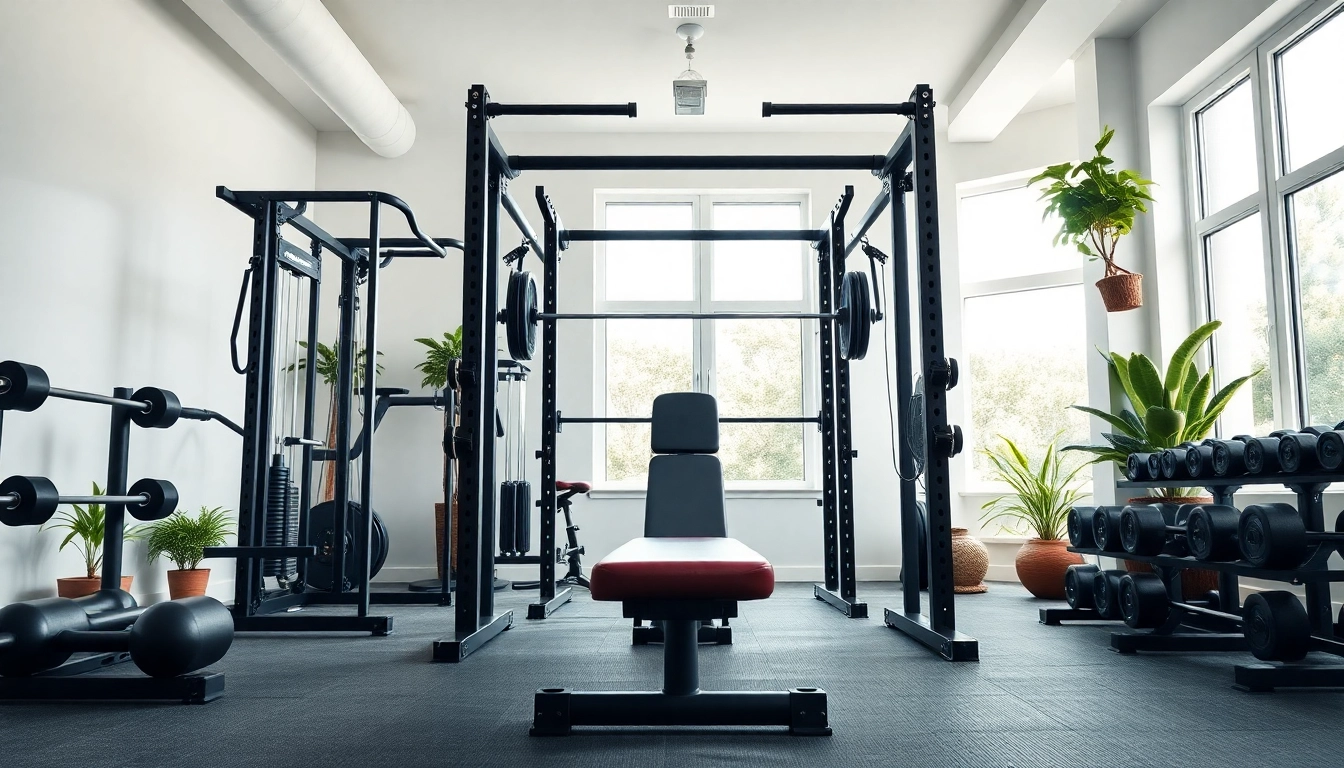
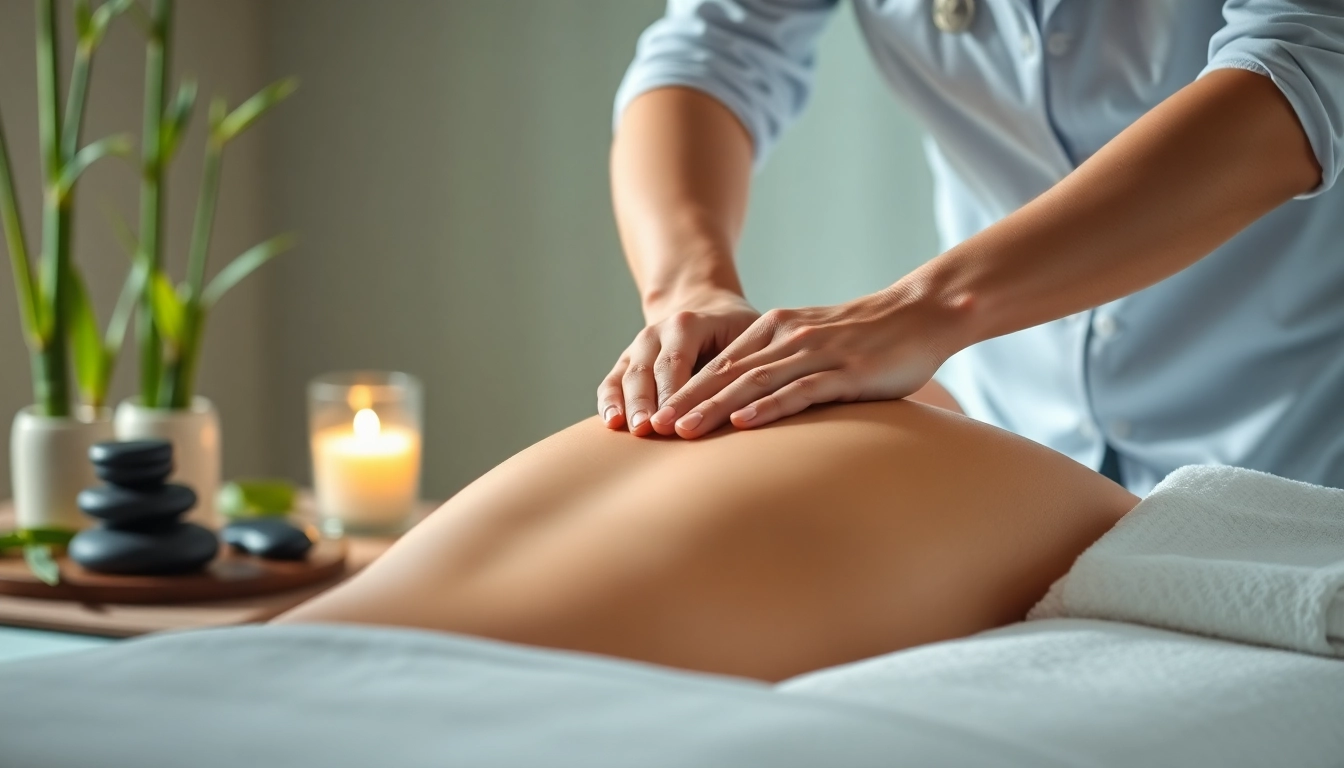
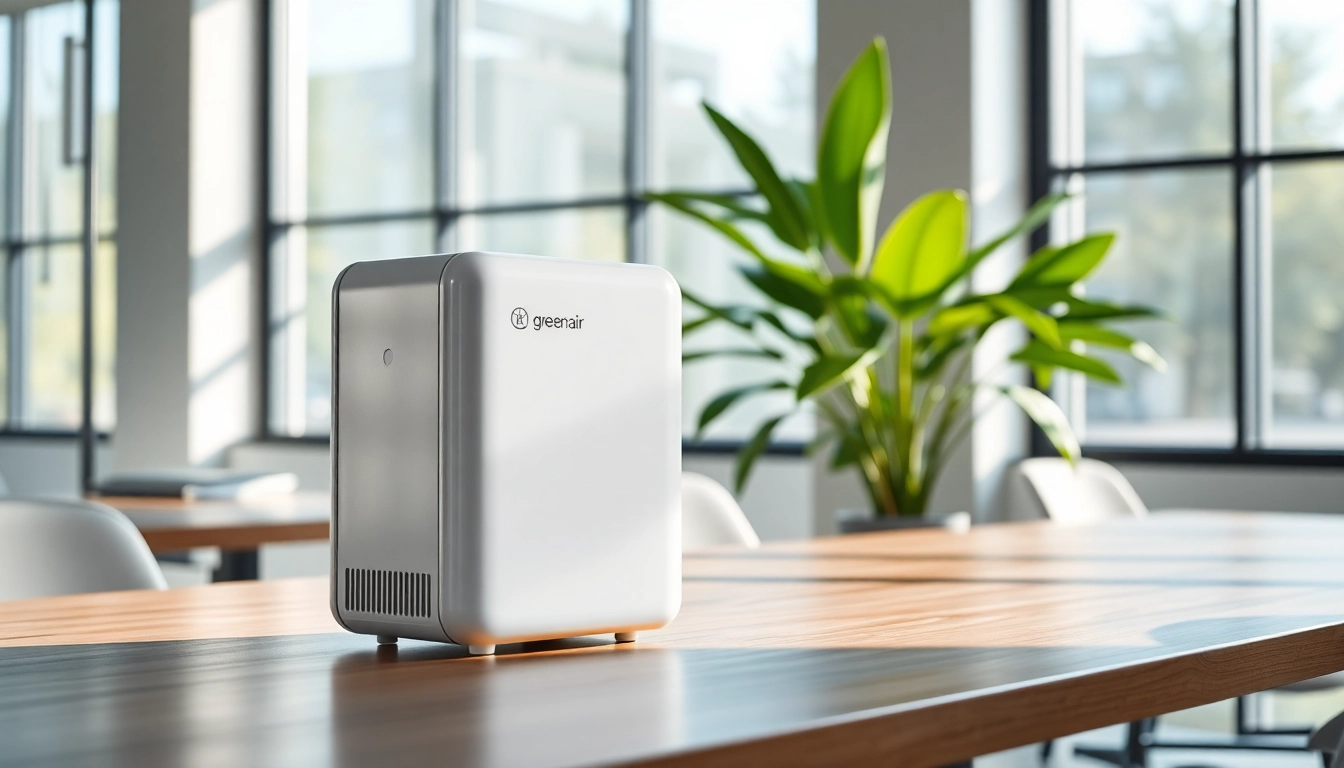







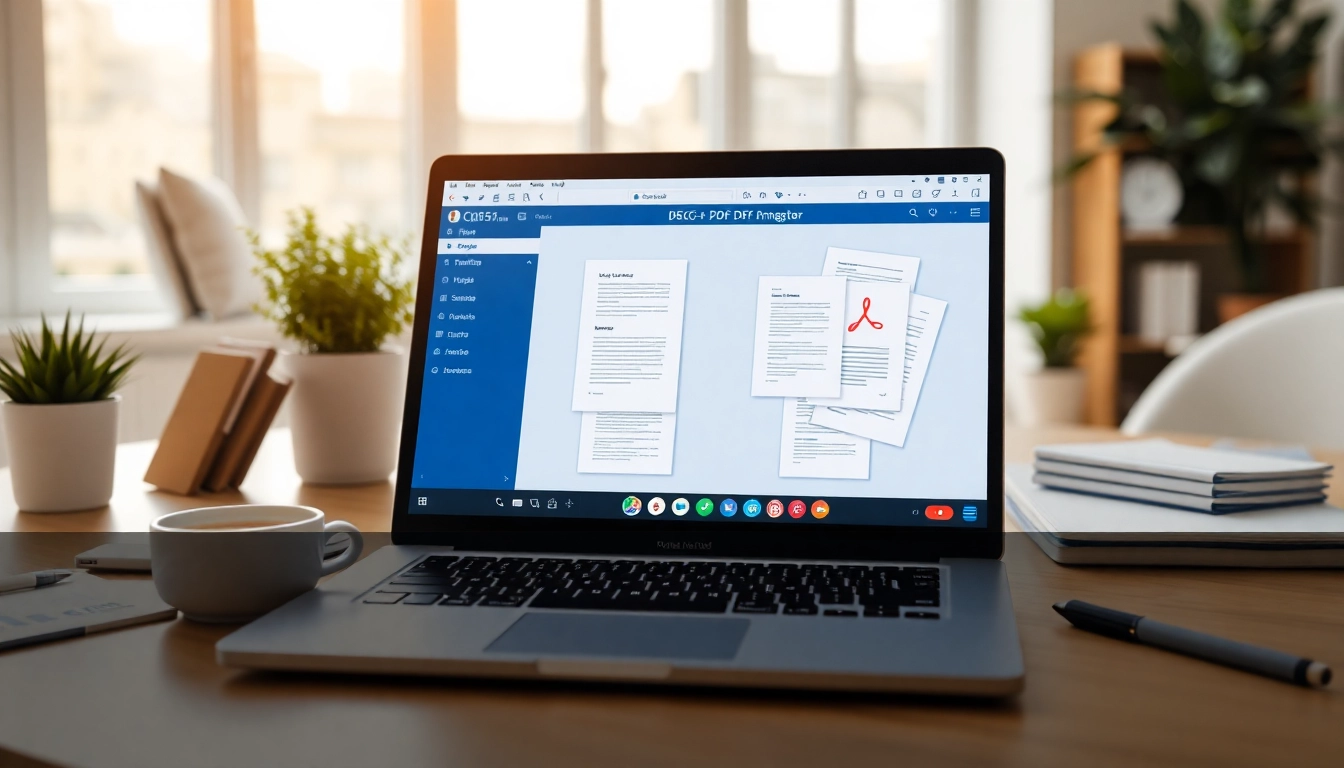
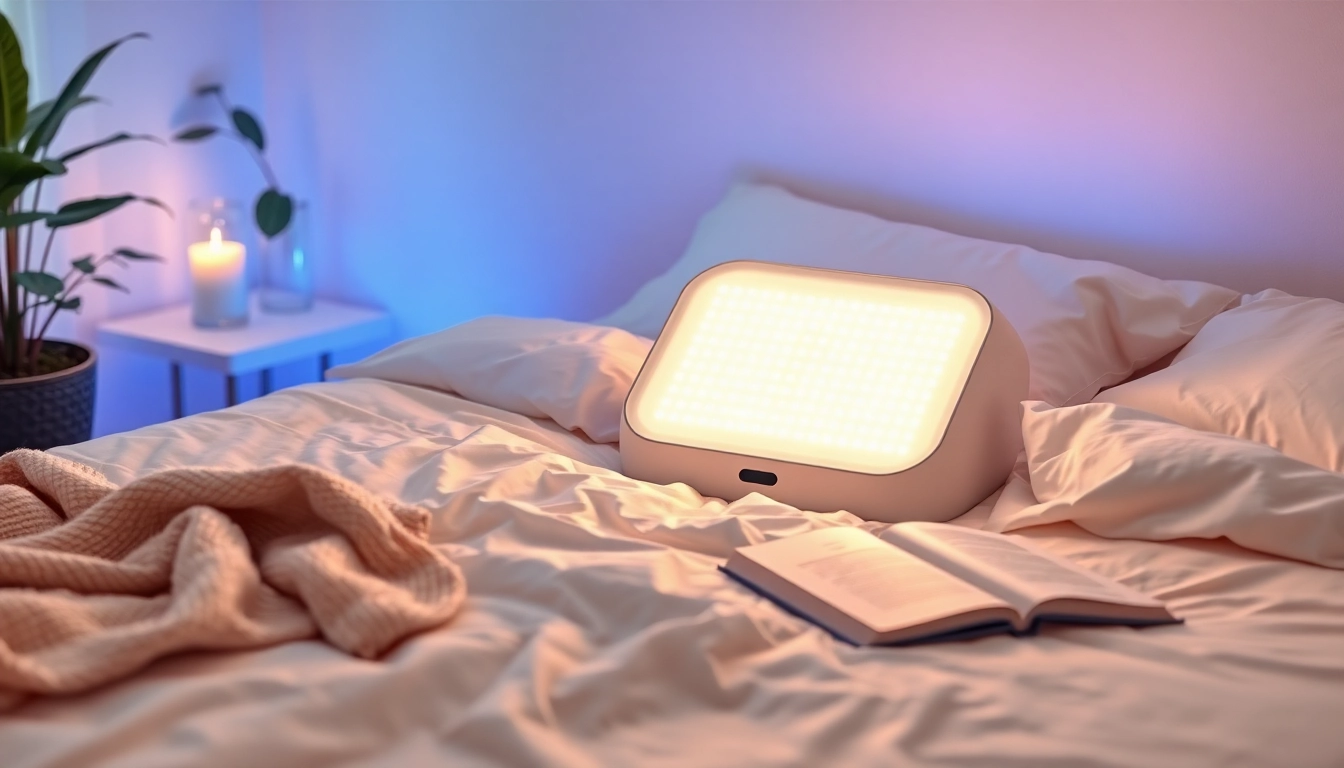
Leave a Reply